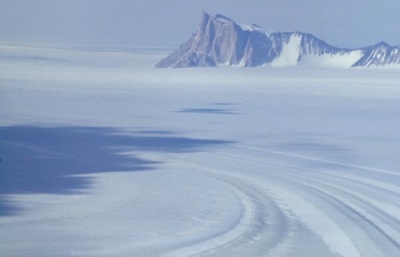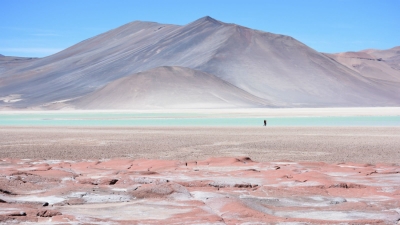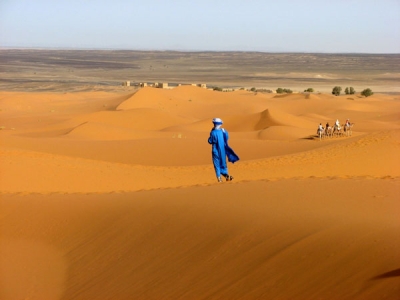
The largest desert on earth is the Antarctic desert, covering the continent of Antarctica with a size of around 5.5 million square miles. The term deserts includes polar deserts, subtropical deserts, cold winter and cool coastal deserts, and are based on their geographical situation.
Like most global deserts, the Antarctic covers the entire continent. In fact, an astonishing 98 percent is permanently covered by a sheet of ice. It is considered a desert because it rains on average only 10 mm every year. Some experts even believe that certain parts located away from the coast have not had rain in the past 14 million years.
It’s covered by a permanent ice sheet that contains 90% of the Earth’s fresh water. Only 2% of the continent isn’t covered by ice, and this land is strictly along the coasts, where all the life that is associated with the land mass (i.e. penguins, seals and various species of birds) reside. The other 98% of Antarctica is covered by ice which averages 1.6 km in thickness.
There are no permanent human residents, but anywhere from 1,000 to 5,000 researchers inhabit the research stations scattered across the continent – the largest being McMurdo Station, located on the tip of Ross Island. Beyond a limited range of mammals, only certain cold-adapted species of mites, algaes, and tundra vegetation can survive there.
Picture Crdit : Google





